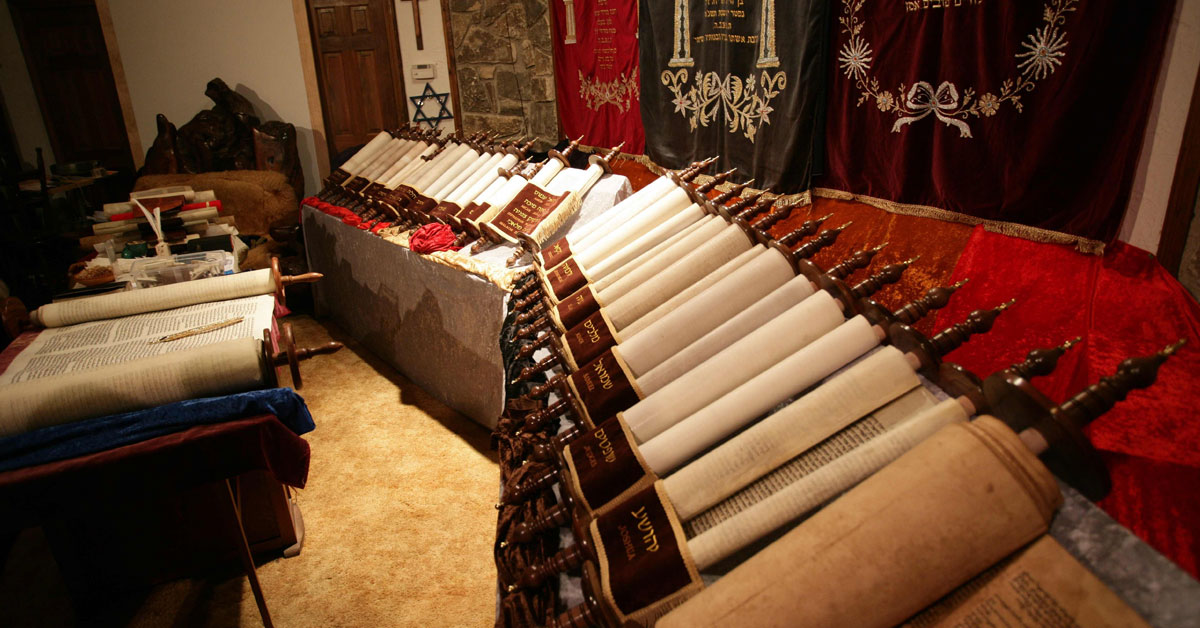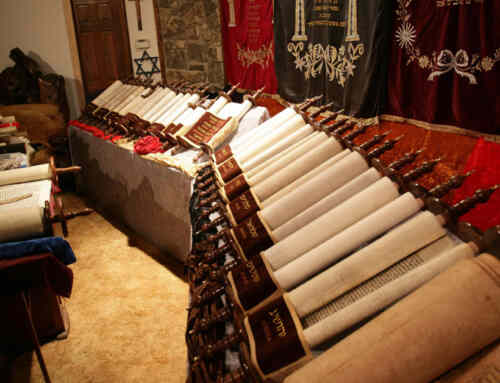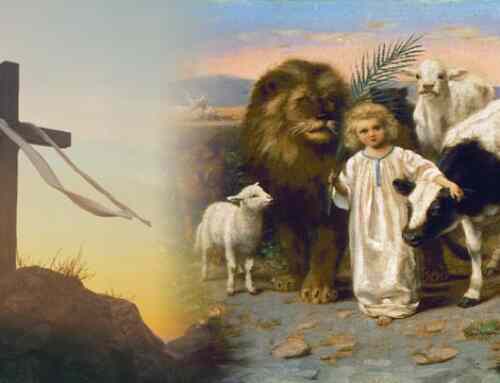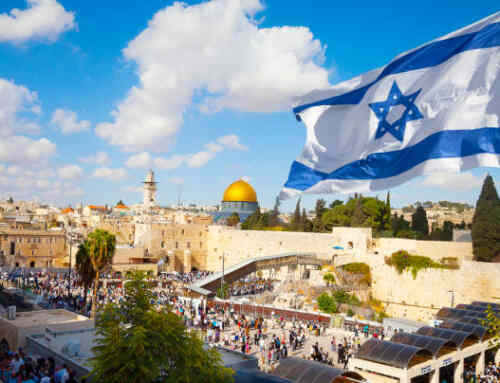Daniel 9 and Matthew 24 are referring to two different things. The scriptures our Lord quoted from Daniel are 8:13; 11:31 and 12:11, which we will explain later.
Daniel 9 Interpretation
As with any scripture, the context must be considered, and every piece must fit – similar to putting together a puzzle. Daniel 9:23-27 is a prophecy about the Messiah, his death and the changes to come upon the Jewish nation. Desolation or desolate is mentioned three times. This refers to the desolation Jesus pronounced to the leaders of the nation in Matthew 23:38, “Your house is left unto you desolate.” He prophesied it would come in Luke 21:20, “When you see Jerusalem compassed with armies then know that the desolation thereof is near.”
This was fulfilled in 69-73 AD when the Roman general Titus destroyed the temple and killed thousands leaving the city desolate. Daniel 9:26, “the prince that shall come shall destroy the city and the sanctuary [temple].”
Desolation came because of their abomination. Abomination is associated with false religious worship. (See Isaiah 66:3; Jeremiah 7:30; Ezekiel 5:11.) Since the Jewish nation did not accept Christ and they continued with their animal sacrifices it was an abomination to the Lord. “Christ is the end of the law for righteousness to everyone that believes” (Romans 10:4) Even Jews recognize the destruction of the temple as a severe rebuke from God.
Daniel 8 Interpretation of Matthew 24:15
The “abomination of desolation” is similar in that it is false religious worship. Many symbolic details about the abomination of desolation are given in Daniel 8:9-14.
The context is a little horn growing out of a goat. The interpretation is given in verses 21-25. Out of the Greek empire shall grow a powerful prosperous ruler, but it will not develop by its own military power. It will rule by “dark sentences” [Hebrew: a dark saying, a hard question, a riddle] and shall “cast the truth to the ground” (verse 10, 12). “Craft [deceiving fraud] shall prosper” (verse 25). The saints will suffer under this arrangement, “both the sanctuary and the host [are] to be trodden under foot” (verse 13). This little horn “magnifies himself” (verse 25).
As the ram and goat in Chapter 8 represent governments so the “little horn” and “king” represent governing powers or systems – not an individual. The little horn developed out of the Greek and later Roman empires.
The most horrible error of the “abomination” is taking away the “daily [continual, perpetual] sacrifice.” The Catholic church set up the mass as the focus of worship. This is the abomination. That system used fraud and dark sentences to misrepresent and substitute its understanding for the true understanding of the sacrifice of Christ. What other sacrifice is of perpetual benefit to mankind?
Additional Resource:
PDF Booklet: “Can We Identify Antichrist?”










